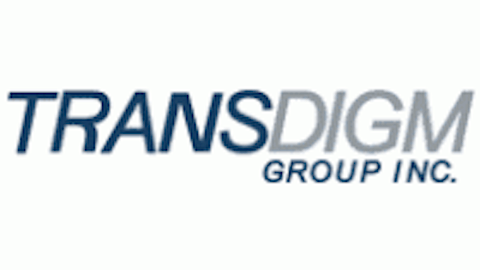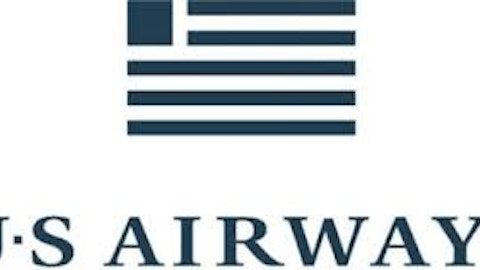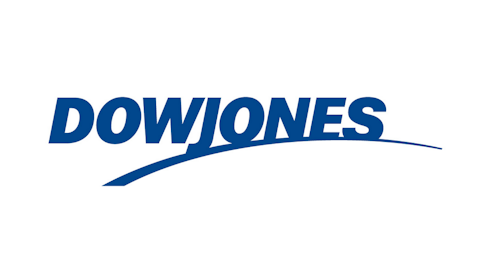Strategic impact
To say that improved asset utilization leads to more shareholder value may be a bit obvious, but I’d feel worse about making this point if the 737 MAX wasn’t already so poised to change the game.
First, and this bears repeating, major airlines have placed big orders for the aircraft — 100 at United and 150 at Southwest. Considering that United currently operates about 700 mainline jets and that Southwest has around 600 (all 737s, might I add, which is good for maintenance costs), the MAX will have a significant impact on raising the average fuel economy of both aircraft fleets. The Boeing Company (NYSE:BA) says on its web site: “When compared to a fleet of 100 of today’s most fuel-efficient airplanes, this new model will emit 286,000 fewer tons of CO2 and save nearly 200 million pounds of fuel per year, which translates into more than $100 million in cost savings.”
This leads to the important point of environmental sustainability: a value increasingly relevant to corporate performance metrics and to the modern consumer. Because this aircraft update will put Southwest and United on the forefront of sustainability relative to competitors, a more eco-friendly approach could amount to an important distinguishing factor in a fiercely competitive industry. In this vein, LUV and UAL’s commitment to bleeding-edge technology differs from the asset management strategies of other major airlines that have not adopted the 737 MAX at all or as extensively.
Therefore, in the event that the MAX delivers significant savings over older aircraft and over competing products (The Boeing Company (NYSE:BA) cites an 8% per-seat advantage over Airbus’s newest A320), Southwest and United investors will likely come out on top. Considering that the 737 MAX draws on extensive R&D already pioneered in 787 development — the first application of this technology to domestic-range jets — I like the MAX’s chances to make good on the advantages that The Boeing Company (NYSE:BA) promises.
The Foolish takeaway
If nothing else, the ever-present reality of increasing oil prices has exposed the airline industry to more fuel expense pressure than ever. Personally, I like the idea of an airline that maintains a younger, more productive fleet as opposed to those that gamble on fuel prices and operate older aircraft.
Southwest has employed this strategy for years and has a great track record of earnings to show for it, so perhaps United has made a smart move to commit more to a similar strategy. For investors who value companies that take a proactive response to industry challenges, LUV and UAL could be great choices due to their forward-thinking investment in the 737 MAX.
Andrew Gill has no position in any stocks mentioned. The Motley Fool recommends Southwest Airlines.
The article Have You Seen This Plane? originally appeared on Fool.com.
Copyright © 1995 – 2013 The Motley Fool, LLC. All rights reserved. The Motley Fool has a disclosure policy.




